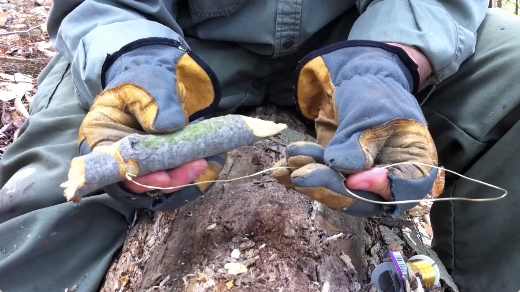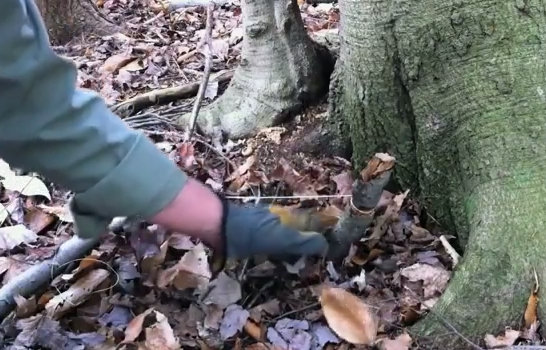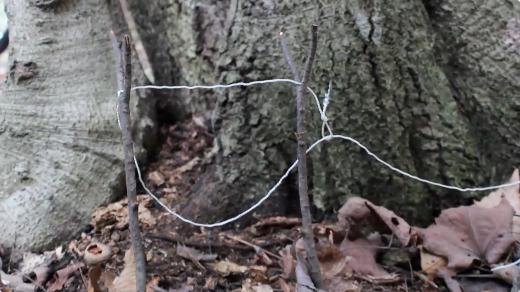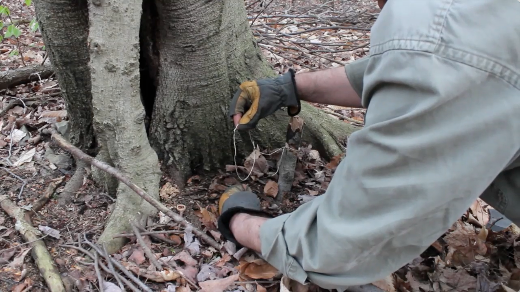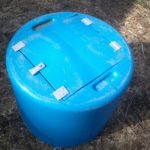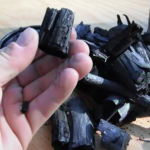Making a snare trap from paracord allows you to trap small as well as medium-sized animals with minimal difficulty. Creating an effective trap and placing it in a location where animals travel and forage for food is one of the easiest ways to hunt, and you can set multiple traps to maximize the chances of getting a kill. Follow the simple instructions below and practice so that you will know what to do when this method becomes a necessity.
Preparing the Trap
The first step is to find a solid, thick branch that can be used to anchor the trap into the ground. Its length depends on the height of the trap, and you want the body of the noose to catch the animal’s head as it is scurrying about. You also want to have enough length to stick it in the ground securely so it won’t break free once the animal is snared.
In any case, you want to whittle one end of the stick into a point to make it easier to hammer into the ground. You also want to cut out a notch around the circumference of the top end of the stick to secure the paracord in place as well. It is very easy for it to come loose when the animal is struggling, and the notch will make sure that it doesn’t slip off.
The next step is to find two small sticks that have a V shape on their ends. You will rest your cordage on these brackets in order to suspend the noose in the air. The tops of the sticks need to be as tall, if not a little taller than the anchor stake. It is important that the noose does not sag and bunch on the ground once the trap is set, otherwise the animal may not get snared. Place each stick on either side of where the noose will be set and secure them into the ground.
Preparing the Cordage
If you plan on trapping a larger animal, then you can use the paracord in its original condition. However, if you are hoping to catch a squirrel or rabbit, then you want a thinner piece of rope. Paracord is made of multiple strands of synthetic rope that can be separated once the outer sheath is removed. Cut the length of paracord that you want for the trap, remove the sheath and take out one or two strands of the thinner rope.
In any case, you need to make a loop knot on one end and feed the string into the other in order to make your noose. However, you will also need to tie off the loose end to the main stake once the loop has been fashioned. Make sure that your rope is long enough to be tied to the stake, looped and set, otherwise the noose will not be big enough.
Setting the Trap
Once you have the cord prepared, you want to rest it on the two sticks that you set earlier. Just place the cordage at the base of the V, but do not tie it down. This is only to support the noose to keep it suspended and open. Finally, place your bait on the back side of the noose and simply wait. You may or may not hear a snap once the animal has been caught in the trap, so it’s important to periodically check back. The last thing that you need is to trap an animal and have another predator take your kill.
Remember that your chances of snaring an animal depend on a number of factors including where you place the trap and what you use for bait. You may want to set a few traps to maximize your chances of success. However, this simple and efficient method is all you need to lure and trap your next meal without spending a lot of time and energy hunting.


